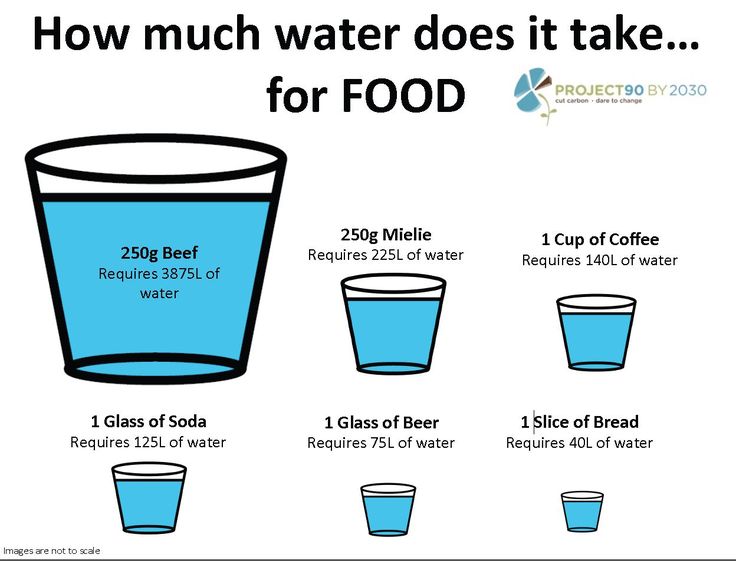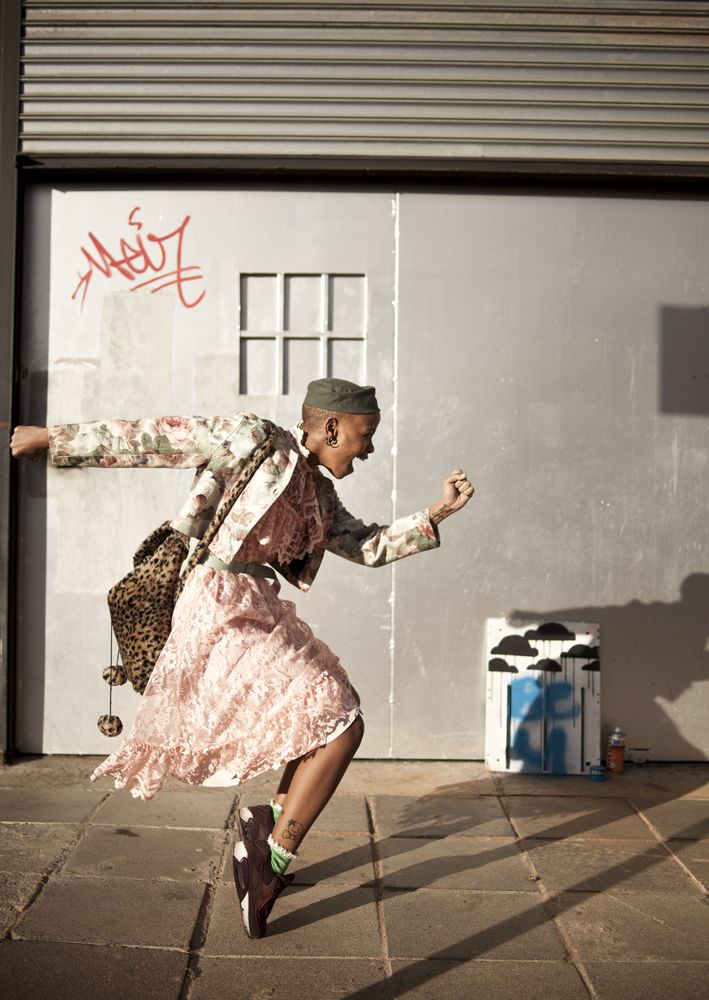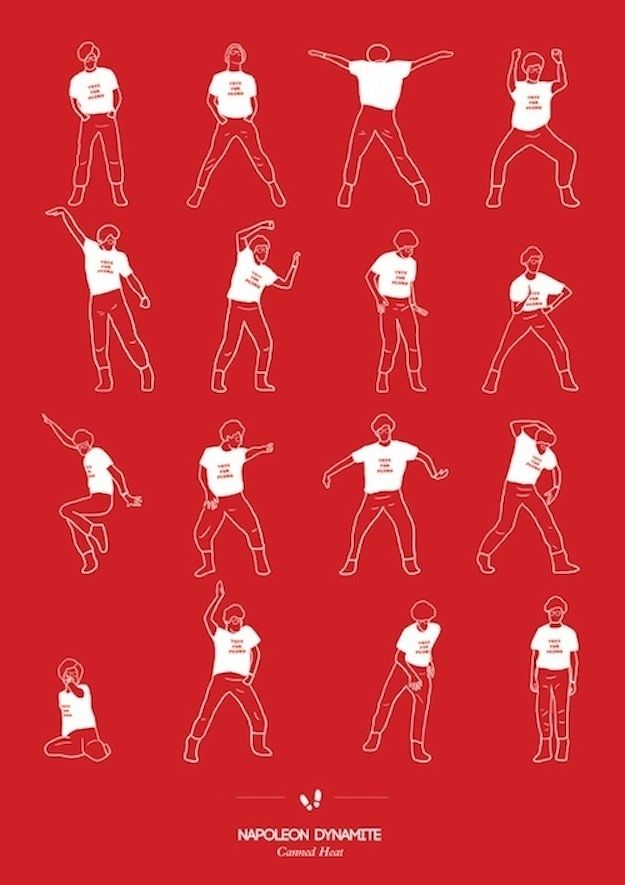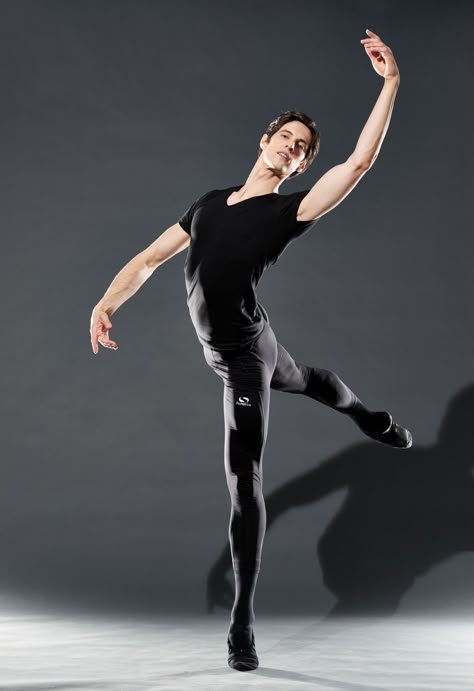How much water should a dancer drink
Hydration for Dancers - Dance Informa Magazine
By Emily C. Harrison MS, RD, LD.
Even mild dehydration can affect performance. Staying hydrated is extremely important to a dancer’s performance because the first signs of dehydration are fatigue and poor balance. Thirst actually only kicks in after the body has lost 1-2 litres of water. If you are thirsty then you are already dehydrated.
The science
Water makes up approximately 60% of body weight and is the largest component of the human body. The muscles we work so hard to develop as dancers (skeletal muscles) are about 73% water, your blood is about 93% water and even bones and teeth contain some water. Water is critical for maintaining homeostasis within the body and important in the thousands of biochemical and physiological functions our bodies go through every day. Water aids in digestion and is important in the transport and elimination systems of the body.
Overheating and performance
It’s important for dancers to know that being properly hydrated helps keep the body from overheating. Helping the body promote heat loss when dancing full out will improve athletic performance and aid in recovery. This is especially important for dancers wearing hot costumes and performing under stage lights. Sweat losses during performance can be significantly more than during rehearsal of the same piece. This is why drinking regularly (even small, regular sips) is an important habit during a show.
How much is really needed? Can a dancer get fluids from other things besides water?
The American College of Sports Medicine recommends that athletes (we all know that dancers are athletes) start their exercise already hydrated with about 500ml of beverage taken before you begin. Then drink 150-300ml every 20 minutes or so. This means that your reusable water bottle should be your constant companion in the studio or backstage. Every dancer is a little different but pre-professional and professional level dancers should aim for about 2800-3500ml of fluids every day.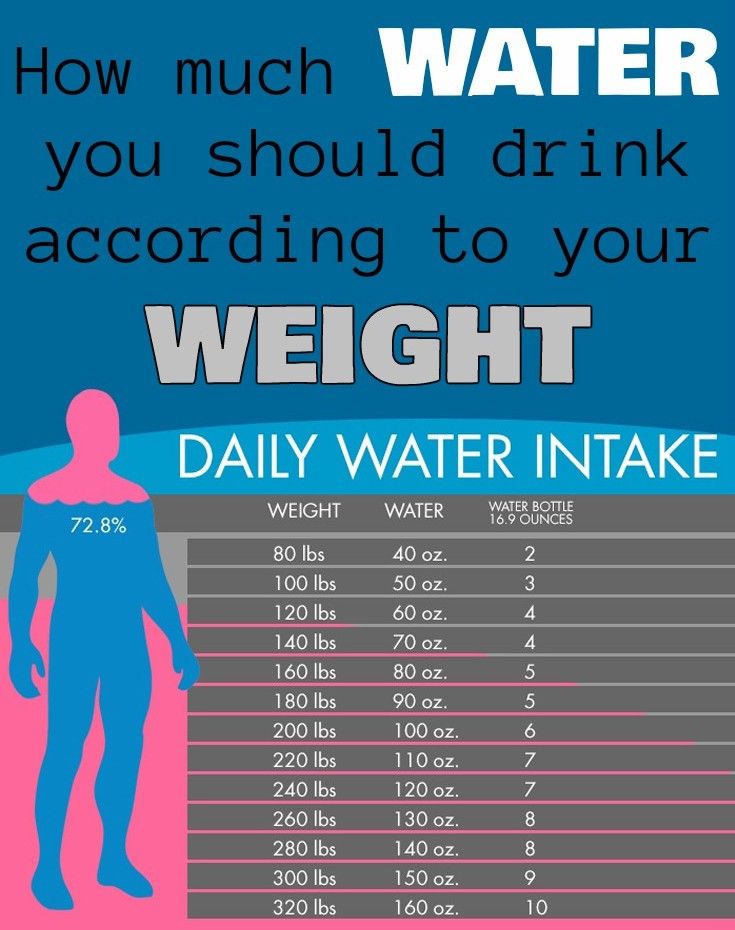 That’s about 12 – 15 cups. About 20-25% will come from foods like fruits and veggies, but about 80% comes from what you drink. Aim to get most of your fluids through water, but juices, sports drinks, and even tea and coffee can be counted toward that goal. Some dancers find that mixing 50% sports drink with 50% water in their reusable bottles helps them get through long rehearsals or classes. This is because sports beverages contain a source of readily available energy (calories) and electrolytes that are lost in sweat.
That’s about 12 – 15 cups. About 20-25% will come from foods like fruits and veggies, but about 80% comes from what you drink. Aim to get most of your fluids through water, but juices, sports drinks, and even tea and coffee can be counted toward that goal. Some dancers find that mixing 50% sports drink with 50% water in their reusable bottles helps them get through long rehearsals or classes. This is because sports beverages contain a source of readily available energy (calories) and electrolytes that are lost in sweat.
But I want something besides just water…..
Prevent dehydration by eating lots of fruits and veggies. Consider melon, squash, oranges, apples, pears, grapes, leafy greens and salads in addition to beverages like tea, whole fruit ice-blocks, sports drinks, smoothies, soy milk, almond milk, and yoghurts.
What about caffeine?
Caffeine makes us more awake and is known to enhance athletic performance. But there can be too much of a “good” thing.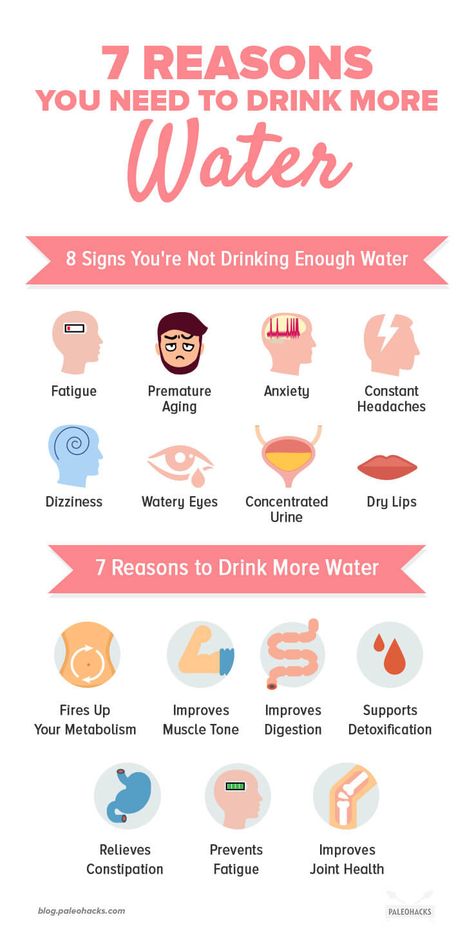 Caffeine is a central nervous system stimulant, not a source of energy. Yes, caffeine can also promote water loss and dancers should limit caffeine, but those beverages can still count toward your daily intake. I always recommend limiting or avoiding soft drinks. They are empty calorie bombs and can make bones weaker. One cup of coffee is fine, but being overly jittery doesn’t help your dancing.
Caffeine is a central nervous system stimulant, not a source of energy. Yes, caffeine can also promote water loss and dancers should limit caffeine, but those beverages can still count toward your daily intake. I always recommend limiting or avoiding soft drinks. They are empty calorie bombs and can make bones weaker. One cup of coffee is fine, but being overly jittery doesn’t help your dancing.
So be good to your body and good to the earth by taking your reusable water bottle with you everywhere and refilling it often!
Emily Harrison
Emily Cook Harrison MS, RD, LD
Emily is a registered dietitian and holds both a bachelor’s and master’s degree in nutrition from Georgia State University, USA. Her master’s thesis research was on elite level ballet dancers and nutrition and she has experience providing nutrition services for weight management, sports nutrition, disordered eating, disease prevention, and food allergies. Emily was a professional dancer for eleven years with the Atlanta Ballet and several other companies. She is a dance educator and the mother of two young children. She now runs the Centre for Dance Nutrition and Healthy Lifestyles. She can be reached at [email protected] www.dancernutrition.com
She is a dance educator and the mother of two young children. She now runs the Centre for Dance Nutrition and Healthy Lifestyles. She can be reached at [email protected] www.dancernutrition.com
Related Items:dance, dance Australia, dance diet, dance dietician, dance nutrition, dance training, dancer advice, dancer health, dehydration, health advice for dancers, hydration, water consumption, water intake
Fueling Strategies – Dance Nutrition
Water makes up approximately 60% of our body composition. It’s also an essential medium for metabolic homeostasis, aiding in the digestion, transport, and absorption of nutrients throughout the body along with the removal of waste products. For dancers specifically, hydration even plays a role in maintaining flexibility.
Hydration concerns among dancersImproper rehydration and dehydration, especially during the summer intensive season, can induce a wide range of negative impacts on performance, include:
- Difficulty with concentration
- Impaired ability to focus
- Increased risk for overheating
- Muscle cramps
- Early onset of muscle fatigue
Since every dancer’s body is different, specific recommendations are nearly nonexistent, and published guidelines often depend on those set forth for general athletes.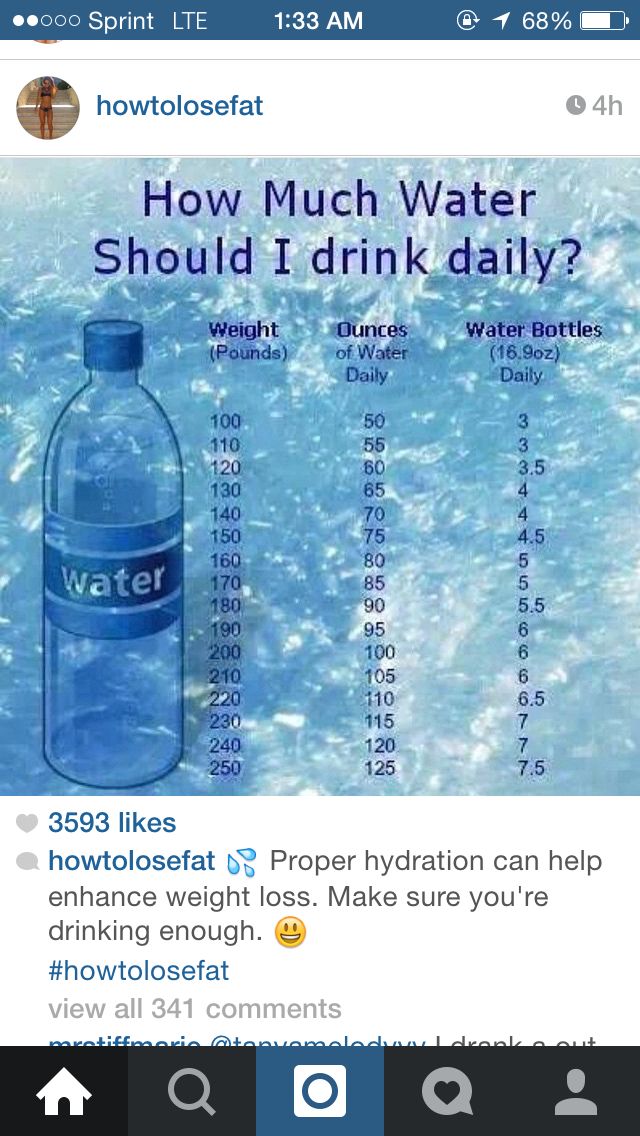 This literature offers a solid framework for practice, but a dancer’s propensity to disordered eating makes it difficult to integrate such weight-centric guidelines. The same holds true for a dancer’s nutrition plan. I’ve previously discussed the need for a non-obsessive approach to a dancer’s fuel plan. Similarly, this article will provide dancers with a non-obsessive understanding of their hydration needs.
This literature offers a solid framework for practice, but a dancer’s propensity to disordered eating makes it difficult to integrate such weight-centric guidelines. The same holds true for a dancer’s nutrition plan. I’ve previously discussed the need for a non-obsessive approach to a dancer’s fuel plan. Similarly, this article will provide dancers with a non-obsessive understanding of their hydration needs.
Thirst is an unreliable indicator of our need to rehydrate. In fact, our thirst mechanism isn’t stimulated until our body is already in need of fluids. Distractions during intense dance schedules also make it easy to ignore thirst cues and limited accessibility to fluids during classes makes it tough to rehydrate.
Excessive intake of protein also increases a dancer’s fluid needs to aid in the removal of ammonia. a byproduct of protein metabolism, which is converted to urea and excreted from the body through urine.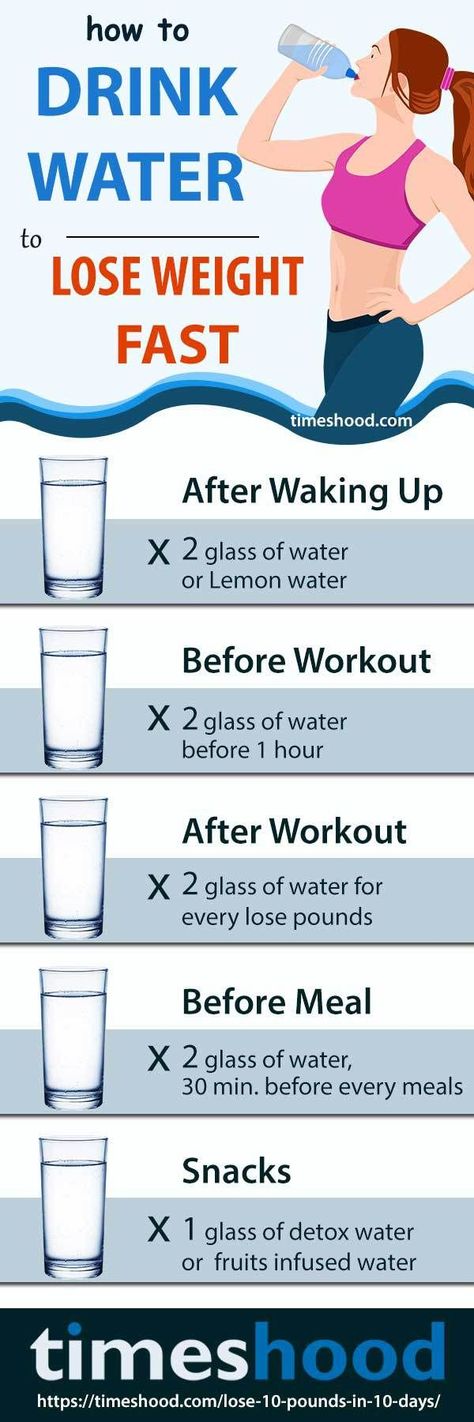 It has been previously hypothesized that high-protein diets may increase the risk of dehydration by increasing urine output and although the evidence to date does not support an increased risk of dehydration in otherwise healthy individuals who maintain a normal fluid intake (at least 3 liters for those 14 and older), dancers need to consider their unique circumstances. High-protein diets are not recommended for dancers. In fact, dancers should steer clear of any strict and obsessive dieting rules. To learn more about protein for dancers, read this article.
It has been previously hypothesized that high-protein diets may increase the risk of dehydration by increasing urine output and although the evidence to date does not support an increased risk of dehydration in otherwise healthy individuals who maintain a normal fluid intake (at least 3 liters for those 14 and older), dancers need to consider their unique circumstances. High-protein diets are not recommended for dancers. In fact, dancers should steer clear of any strict and obsessive dieting rules. To learn more about protein for dancers, read this article.
Here’s a quick self-assessment to check your hydration status: check the volume and color of your urine. The darker your urine and the smaller in volume, the more you’ll want to hydrate.
Word of caution: use this test sparingly. It’s subjective and can be confounded by medications and supplements that might impact the color of your urine. For example, most B12 supplements will turn the color of urine into a brighter yellow since excess of the vitamin is excreted via the urine.
For athletes, the general recommendation is to proactively rehydrate before, during, and after exercise. While drinking in response to thirst might be sufficient for the general population, active dancers who dance more than 90 minutes per day often benefit from a planned approach. The same holds true for dancers with higher sweat rates and if dancing in hot and humid climates (cue: summer intensives).
While recommendations vary among dancers, most pre-professional and professional level dancers should aim for a planned approach to staying hydrated throughout their day. Let’s breakdown the guidelines:
Hydrate Before Dance
In the 2- 4 hours prior to your dancing, drink to thirst. Over-hydrating in “preparation” for an activity is not recommended and will only lead you to the bathroom several times. Instead, aim for your urine to be a pale-yellow color. This will likely range between 1-2.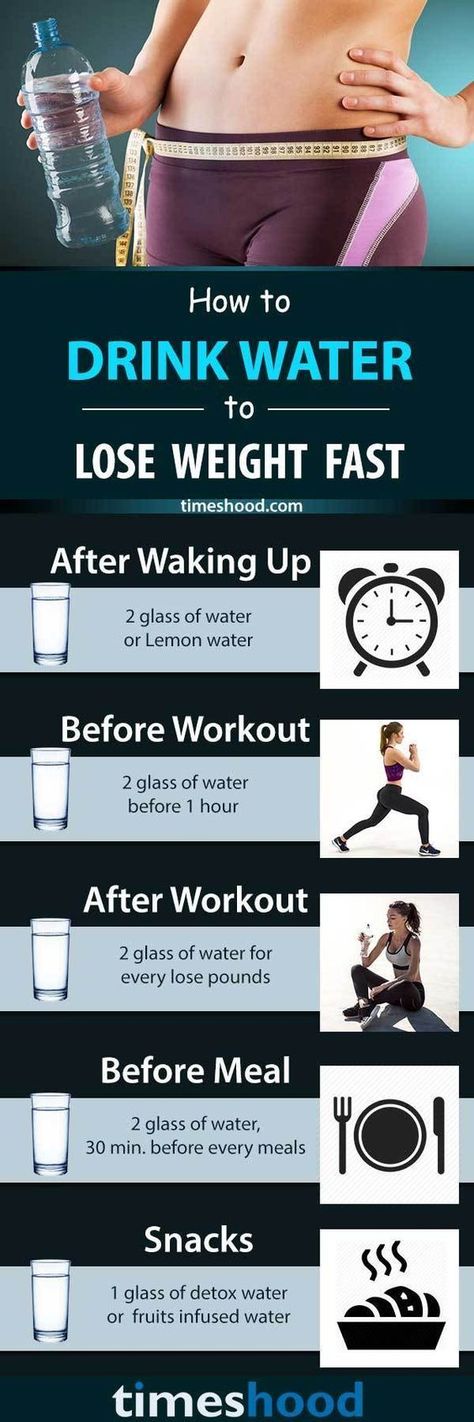 5 cups of fluid (the higher-end is more suited during the hot summer months when higher sweat rates are likely).
5 cups of fluid (the higher-end is more suited during the hot summer months when higher sweat rates are likely).
Hydrate During Dance
To stay hydrated during activity, the general recommendation for athletes is to drink about 12-26 ounces of fluid. For dancers, consider small sips throughout your classes, rehearsals, and performances every 10-30 minutes. If dancing for longer than 60 minutes, then we’ll want to add sources of simple carbohydrates and sodium to your hydration plan.
Sodium is the leading electrolyte lost in sweat. Sodium plays a vital role in both fluid absorption and fluid balance. Adding a source of quick-acting carbohydrates not only helps to boost energy, but also helps with cellular absorption of fluid and sodium. In other words, a source of carbo-HYDRATE will aid in your body’s ability to HYDRATE (see what I there!). A quick tip: cramping is a sign that your body needs electrolyte and carbohydrate replenishment!
While some levels of electrolytes and carbohydrates enhance your body’s ability to hydrate, adding too much can actually hinder it.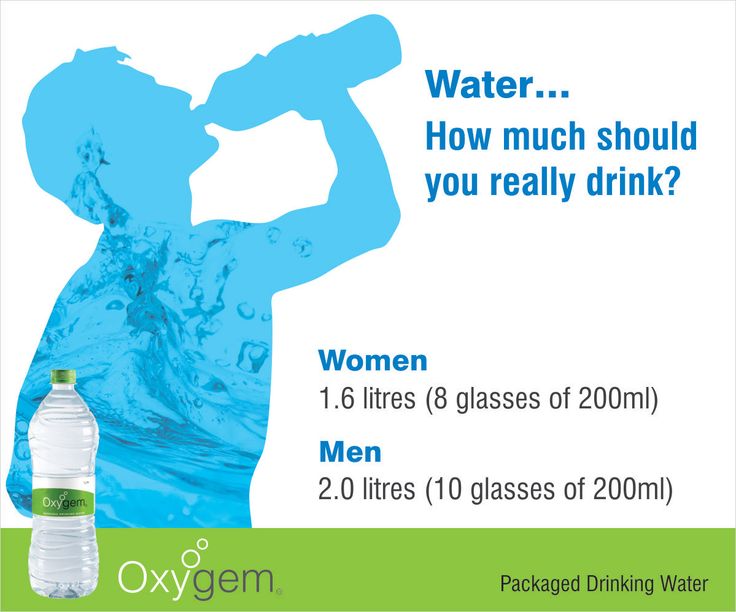 There’s a delicate balance between not enough and too much. Here’s where sports drinks come in handy! Gatorade and propel are two examples of options that contain a specific concentration of sugar (specifically, 6-8% carbohydrate) and a specific variety of sugars (glucose and fructose). Along with electrolytes like sodium, this unique combination enhances hydration. Coconut water is high in another key electrolyte: potassium. However, as a rehydration fluid, coconut water is limited. To optimize this choice, pair your coconut water with salted pretzels for a boost in both sodium and quick-acting carbohydrate.
There’s a delicate balance between not enough and too much. Here’s where sports drinks come in handy! Gatorade and propel are two examples of options that contain a specific concentration of sugar (specifically, 6-8% carbohydrate) and a specific variety of sugars (glucose and fructose). Along with electrolytes like sodium, this unique combination enhances hydration. Coconut water is high in another key electrolyte: potassium. However, as a rehydration fluid, coconut water is limited. To optimize this choice, pair your coconut water with salted pretzels for a boost in both sodium and quick-acting carbohydrate.
Hydrate After Dance
Plain water is refreshing, but optimizing your window of recovery is encouraged within the hour after dancing. This is especially true for dancers with higher rates of sweating. Replace lost fluids by drinking about 1.25–1.5 liters of fluid. Enhance rehydration with a source of sodium and carbohydrate. Adding a source of protein to your recovery meal is also encouraged for muscle recovery.
Milk is an effective and economical drink for a dancer’s recovery. Not only does milk contribute to your hydration plan, but it also contains carbohydrates, protein, and a variety of bone-building micronutrients. Chocolate milk is another effective recovery drink for dancers.
In general, aim for about 3-3.5 liters of water daily. This equates to about 12- 15 cups, but your fluid intake doesn’t have to come from only your drinks. Produce, like fruits and veggies, also contribute to your water intake. The same goes for juices, smoothies, tea, coffee, and sports drinks. In regards to coffee, excessive intake can increase urinary fluid losses so make sure your coffee habit isn’t replacing opportunities for fueling.
10 Tips to Keep Dancers Hydrated- Invest in a reusable water bottle that measures at least 24 fluid ounces. Aim to refill your bottle about 3-3.5 times per day (though, this will depend on your personal schedule and sweat rate!)
- Aim to begin your activity in a hydrated state.
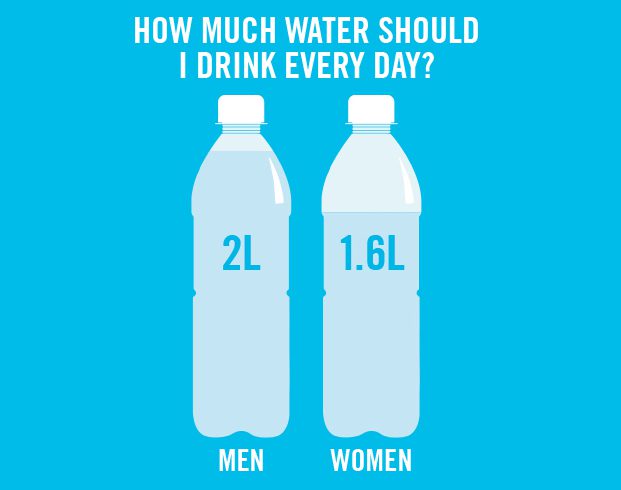 Drinking excessive amounts of fluids prior to dancing is not recommended and can cause discomfort and frequent urination.
Drinking excessive amounts of fluids prior to dancing is not recommended and can cause discomfort and frequent urination. - Drink periodically during dancing, as well as afterward. Spread your fluid intake throughout the day. Sips are better-tolerated in comparison to large gulps.
- Fruits and vegetables have high water content. When accessible, add fresh fruits and veggies such as cucumbers, lettuce, radishes, and tomatoes to meals and snacks.
- Sports drinks containing electrolytes are a great option for longer classes, rehearsals, and performances.
- Coconut water is helpful for rehydration but should be paired with a salty snack.
- Sugar alcohols like sorbitol, xylitol, and malititol, and artificial sweeteners like aspartame are commonly found in “diet” or “sugar-free” drinks. These can cause stomach upset and headaches.
- Notice the color of your urine. Dark yellow urine is a sign of dehydration.
- Noncarbonated drinks are better suited for rehydration when compared to carbonated drinks.

- Drink when thirsty and have a planned approach for more intense dancing days.
- Try rehydration therapies for prolonged periods of intense dancing like during intensives and performances. Read this article to learn more about the best rehydration therapies for dancers.
- Experiment with a homemade sports drink: juice your favorite citrus fruit (like 2-3 oranges) and mix with fresh lemon juice (about half a cup). Add 1 cup of coconut water, a pinch of sea salt, and 2 teaspoons of sugar (or honey). Proportions will vary depending on your taste preferences.
Rachel Fine is a Registered Dietitian Nutritionist, Certified Specialist in Sports Nutrition, and Certified Counselor of Intuitive Eating. Rachel works with dancers and fitness enthusiasts to optimize performance and rebuild their relationships with food and body.
Disclaimer: Some of the links in this post are affiliate links, which means I could receive a small commission if you purchase the product through this link.
How much water should you drink during the day?
We often hear the warning: stay hydrated! Sometimes from those around us, but more often it is our inner voice. Drinking water is essential for life. We will tell you why and how much water you need to drink.
Along with oxygen, water is the basis for life. The human body is 50-70 percent water.
Water makes you feel good
Staying hydrated makes you feel fresh and healthy. BRITA filtered water refreshes you and your family.
Human needs for water: Why is it important to drink enough water?
Drinking enough water helps our body perform various functions easily. Vitamins, carbohydrates and proteins are properly dissolved, fermentation reactions are easier, nutrients enter the cells, and toxins are eliminated from the body. We strengthen the immune system, improve skin condition and overall well-being. Even our body's ability to regulate temperature, build muscle, and burn fat is tied to water intake.
So how much water should you drink during the day? An adult person loses an average of 1.5 to 2 liters of water per day through breathing, digestion and sweating - even when not moving. And the loss of these 1.5–2 liters of water must be replenished. Athletes and residents of hot climates need to drink even more water to stay hydrated.
This is important for adults, children and the elderly: age, weight and lifestyle affect the amount of water needed for drinking. It doesn't matter if you are sick or healthy. Your diet also plays a role. For example, vegetarians and those who consume large amounts of fruits and vegetables meet some of their water needs from the foods they eat.
Everything is made of water and everything dissolves in water. - Thales of Miletus, Greek philosopher 625-547 BC e.
How much water should you drink during the day?
A healthy adult needs about 35 ml of water per day per kilogram of body weight, in line with the general recommendations of scientific organizations.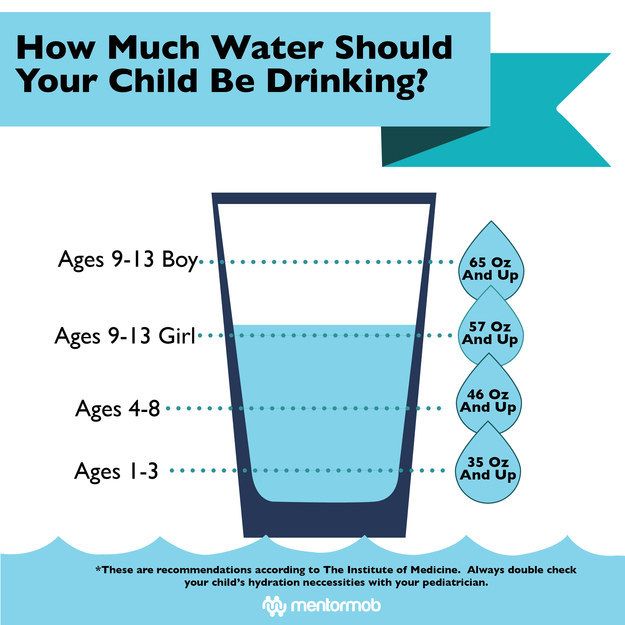 For a person weighing 50 kg, you need 1.7 liters, 60 kg - 2.1 liters, 70 kg - 2.4 liters, 80 kg - 2.8 liters of water every day. Rule of thumb: the more you weigh, the more water you should drink.
For a person weighing 50 kg, you need 1.7 liters, 60 kg - 2.1 liters, 70 kg - 2.4 liters, 80 kg - 2.8 liters of water every day. Rule of thumb: the more you weigh, the more water you should drink.
Think it's impossible to drink too much water? Too much water is just as dangerous for the body as dehydration. The recommended daily volume reflects the amount of water your kidneys and heart can handle.
The daily amount of water also depends on age, diet, activity level and climate. An active child who walks outside all day should drink more water than a child who spends all day in his room with a computer or books. However, a healthy child is recommended to drink about 1.1 liters per day - regardless of the feeling of thirst.
Elderly people experience a decrease in thirst and a decrease in the amount of water they drink in general. The consequences can be very different: from cardiovascular diseases to a weakened immune system. Ideally, you should drink 1.5 liters of water per day to protect yourself from dehydration.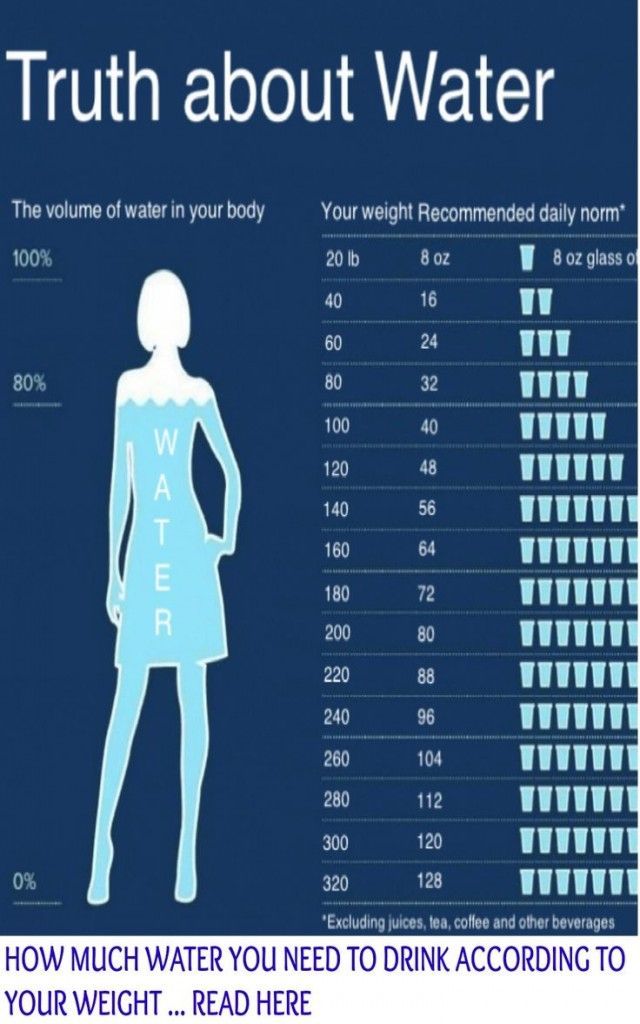
What is worth drinking?
Water, water and more water is a simple and understandable answer. Ideally clean, fresh water without any additives. Soft drinks like lemonade, cola, and juice contain sugar, flavor enhancers, and flavors that the body needs to break down before it can work. In addition, the acidity and phosphate content of sugary drinks increases the need for water.
Is it possible to drink water during dance practice
Everyone who practices dance knows the feeling of thirst during practice. The question naturally arises as to whether it is possible to drink water during a dance training session? Especially when and how much?
It would seem that it could be simpler, if you want to drink - drink, if you don't want - don't drink.
But around these issues there is such a mass of far-fetched prohibitions and myths that sometimes your head is spinning, but you still want to drink.
Let's figure out together the question of whether it is possible to drink water during dance practice or not.
Dancing is associated with high physical activity. During exercise, the body experiences a lot of physical stress, which leads to an increase in body temperature.
Our body responds to an increase in body temperature by sweating, using an increase in heat loss through evaporation.
During endurance exercise, 2-5% of body weight can be lost through sweat. To avoid dehydration during and after exercise, water and electrolyte losses must be replenished.
To drink or not to drink water during dance training:
"Water loss of 2-4% of body weight is a factor that reduces performance."
(Textbook of sports physiology by V.I. Tkhorevsky - head of the department of physiology of the Russian State University of Physical Culture)
“Losing only 1% of fluid from body weight, the pulse rate increases by 5–8 beats per minute. Cardiac output decreases, basal body temperature increases, leading to a decrease in performance.
(Coyle and Montain, 1992; Sawka and Coyle, 1999; Cheuvront, 2001; Cheuvront and Haymes, 2001; Sawka et al.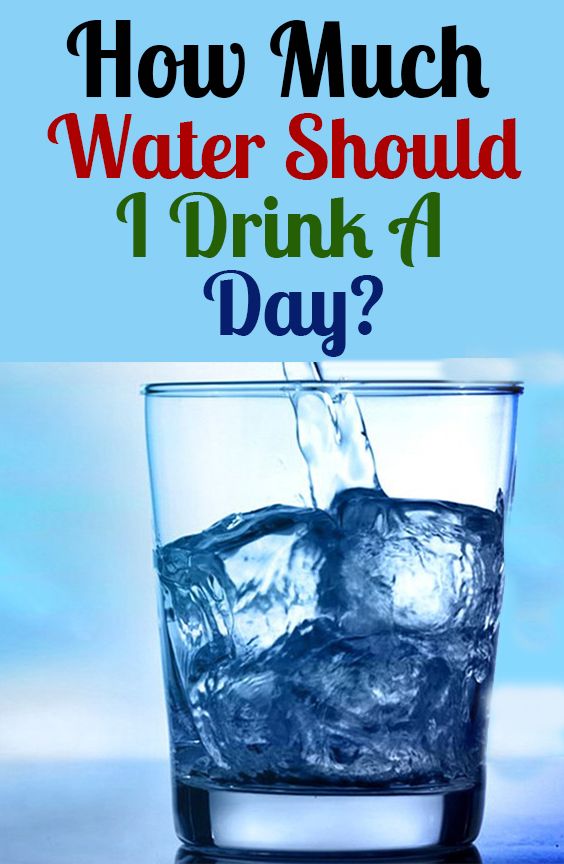 , 2001).
, 2001).
Losing 1% of fluid, the body's performance decreases by 10%, loss by 2% - by 20%!!! Along with water, the body loses vital minerals. As a result, impaired coordination, convulsions, increased risk of injury and fatigue.
But the main danger of losing water in the body is that together with the liquid, the level of plasma in the blood decreases, and this overloads the cardiovascular system and increases the load on the heart, since the blood becomes empty and transports oxygen to the cells worse.
So the theory that it is impossible to drink water during training, so that there is no load on the heart, is absurd in its essence, but many people believe in it and forbid their students to drink during classes.
Drinking water while dancing is not only possible, but necessary. On average, for 1 hour of dancing, the body loses approximately 1 liter of fluid.
When and how much to drink:
Before class: Initial water intake should be min. 30 minutes before the start of the lesson in an amount of up to 0. 5 liters.
5 liters.
2. During class: Drink 150-200 ml (a couple of sips) every 15-20 minutes, not a whole bottle at a time.
After training: When you finish dancing, you need to drink as much fluid as was lost during the session, if, of course, it is possible to weigh yourself before and after the session. When this is not possible, then you need to drink until the feeling of thirst disappears and even more than this volume. Children are recommended to drink an additional 100-125 ml of liquid, and adolescents 200-250 ml.
What can you drink during the class:
If you have a regular class with moderate physical activity and a duration of up to 2 hours, then plain water, preferably bottled, will do. You can also use mineral water, preferably slightly carbonated table water.
If a strenuous and long-term activity is expected, special sports drinks that contain carbohydrates and electrolytes are the best choice.
Fluid temperature to drink:
The American College of Sports Medicine recommends that drinks be taken to 4°C before drinking to reduce fluid retention time.